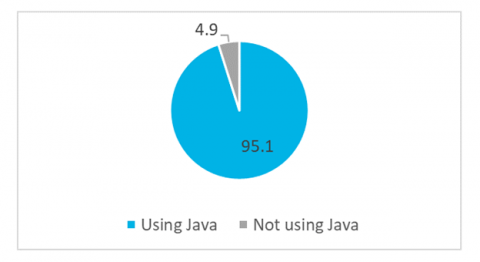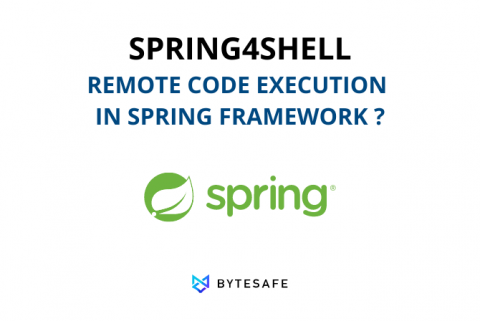Security | Threat Detection | Cyberattacks | DevSecOps | Compliance
Latest News
Browsers tormented by open roll vulnerability
“Never click unexpected links!” Ever hear someone yell this? Virtually every person in tech has a healthy suspicion of random links; it is for a good reason. Every now and then there are huge leaks from industry leaders as a result of a targeted campaign. One of the most reliable ways to “phish” someone, or exfiltrate their credentials, is to abuse an open redirect vulnerability in a safe-looking website and redirect the victims to a malicious one.
Spring4Shell: 12 year old vulnerability springs back to life
On Thursday, March 31st a patch for a widely used Java framework called the Spring Framework was given the designation CVE-2022-22965 with a CVSS Score of 9.8. That’s bad news for a lot of companies that make use of this framework for delivery of their web applications, services and APIs. This is a remote code execution (RCE) vulnerability and the ease of exploitation is partly why it has earned a 9.8 out of 10 on the CVSS Score.
Spring4Shell Vulnerability vs Log4Shell Vulnerability
On March 29, 2022, details of a zero-day vulnerability in Spring Framework (CVE-2022-22965) were leaked. For many, this is reminiscent of the zero-day vulnerability in Log4j (CVE-2021-44228) back in December 2021.
Automated Software Supply Chain Attacks: Should You be Worried?
From the factory floor to online shopping, the benefits of automation are clear: Larger quantities of products and services can be produced much faster. But automation can also be used for malicious purposes, as illustrated by the ongoing software supply chain attack targeting the NPM package repository. By automating the process of creating and publishing malicious packages, the threat actor behind this campaign has taken things to a new scale.
Threat Update: CaddyWiper
As the conflict in Eastern Europe continues, the Splunk Threat Research Team (STRT) is constantly monitoring new developments, especially those related to destructive software. As we have showcased in previous releases in relation to destructive software and HermeticWiper, malicious actors modify their TTPs in order to become more effective and achieve their objectives.
BERT Embeddings: A Modern Machine-learning Approach for Detecting Malware from Command Lines (Part 2 of 2)
CrowdStrike data science researchers recently explored and experimented with the use of Bidirectional Encoder Representation from Transformers (BERT) for embedding command lines, focusing on anomaly detection, but without detailing the model itself. Diving deeper into that research, CrowdStrike researchers explain the reasons for using BERT for command line representation and how to train the model and assess its performance.
How Does Infrastructure as Code on AWS work?
Imagine having to manually provision and configure every device in a large corporation. Then visualize the upgrade process. How about patching? Then, picture ensuring conformity on every device. Next, add some enterprise-wide IT governance changes that must be implemented. The process would be daunting, to say the least, every time.
Spring4shell - RCE in Spring Framework?
A critical remote code execution (RCE) vulnerability was identified March 30th, 2022 for the Spring Framework. Spring core, used by millions of systems to develop Java web applications quickly, is one of the Java world’s most popular open source Java frameworks. The RCE vulnerability, if successfully exploited could potentially allow an attacker to take control of a vulnerable system.
4 golden reasons for equipping your SOC with ManageEngine Log360
Cyberattacks are fast becoming a part of our daily lives. Multiple sources such as Norton Security and Forbes suggest that since the pandemic, attacks are not only increasing in number, but they are becoming more targeted and sophisticated. The attackers using Ransomware as a Service and double extortion techniques are prime examples of how sophisticated attacks are becoming these days. Norton Security states that there are more than 2,200 cyberattacks on a daily basis.











